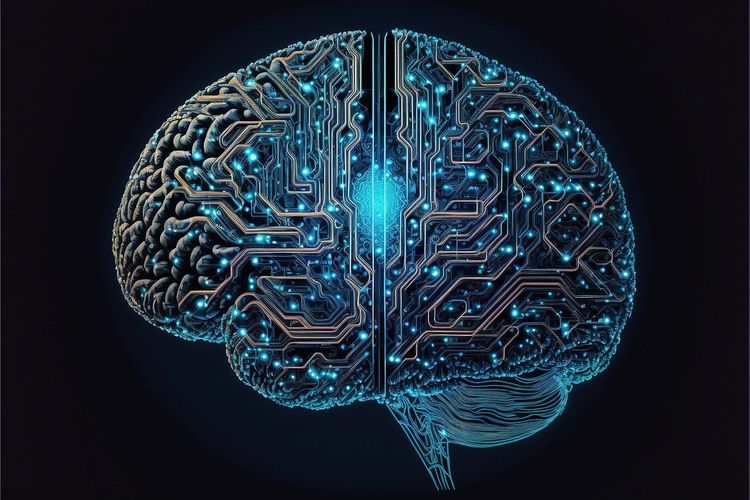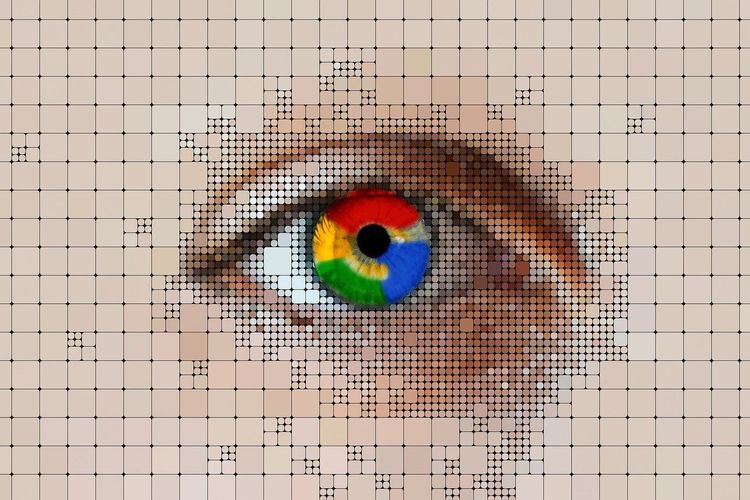While the tech world is captivated by the latest large language models (LLMs) driven by Nvidia GPUs, a quieter revolution is occurring in AI hardware. As the limitations and energy demands of traditional deep learning architectures become increasingly evident, a transformative approach known as neuromorphic computing emerges. This paradigm promises to drastically reduce the computational and power requirements of AI.
Mimicking Nature’s Masterpiece: Understanding Neuromorphic Computing
What, exactly, are neuromorphic systems? To explore this, we spoke with Sumeet Kumar, CEO and founder of Innatera, a pioneering startup in the neuromorphic chip arena.
“Neuromorphic processors are designed to mimic how biological brains process information,” Kumar explained. “Instead of executing sequential operations on stored data, these chips employ networks of artificial neurons that communicate through spikes, resembling real neuronal behavior.”
This brain-inspired design offers distinct advantages, especially for edge computing in consumer devices and industrial IoT applications. Kumar showcased several compelling use cases, such as always-on audio processing for voice activation, real-time sensor fusion in robotics, and ultra-low power computer vision.
“The key is that neuromorphic processors perform complex AI tasks using a fraction of the energy that traditional solutions consume,” Kumar noted. “This opens up possibilities for continuous environmental awareness in battery-operated devices, which was previously unattainable.”
From Doorbell to Data Center: Real-world Applications of Neuromorphic Chips
Innatera's flagship product, the Spiking Neural Processor T1, debuted in January 2024, showcasing these innovations. The T1 integrates an event-driven computing engine with a conventional CNN accelerator and RISC-V CPU, forming a robust platform for ultra-low-power AI in battery-powered devices.
“Our neuromorphic solutions deliver computations with 500 times less energy than conventional methods,” Kumar stated. “We also achieve pattern recognition speeds that are approximately 100 times faster than competitors.”
A notable application involves a partnership with Socionext, a Japanese sensor vendor, to create advanced human presence detection technology. Demonstrated at CES in January, this solution combines a radar sensor with Innatera’s neuromorphic chip, resulting in energy-efficient, privacy-preserving devices.
“Consider video doorbells,” Kumar explained. “Traditional models rely on power-intensive image sensors that require frequent recharging. Our approach utilizes a radar sensor that operates far more efficiently.” This technology detects human presence—regardless of motion—by identifying heartbeats, thus maintaining privacy until activation is necessary.
The implications extend beyond doorbells, encompassing smart home automation, building security, and occupancy detection in vehicles. “This exemplifies how neuromorphic computing can transform everyday devices,” Kumar emphasized. “We’re delivering AI capabilities to the edge while significantly reducing power consumption and enhancing privacy.”
Maximizing Efficiency in AI Computation
The impressive gains in energy efficiency and speed have sparked notable industry interest. Kumar revealed multiple customer engagements, with enthusiasm for neuromorphic technologies steadily increasing. The company aims to embed intelligence into a billion devices by 2030, targeting the sensor-edge applications market.
In response to rising demand, Innatera is enhancing production efforts. The Spiking Neural Processor is set to begin production later in 2024, with high-volume deliveries anticipated by Q2 2025. Since its inception in 2018 at Delft University of Technology, Innatera has grown to around 75 employees, recently adding former Apple VP Duco Pasmooij to its advisory board.
The company secured a $21 million oversubscribed Series A funding round, with notable investors including Innavest, InvestNL, EIC Fund, and MIG Capital. This robust support highlights the excitement surrounding neuromorphic computing.
Kumar envisions a future where neuromorphic chips manage AI tasks at the edge, while larger foundational models are maintained in the cloud. “There’s a natural synergy,” he explained. “Neuromorphics excel at swiftly processing real-world sensor data, while large language models are better suited for complex reasoning and knowledge-intensive tasks.”
“It’s not merely about raw computing power,” Kumar reflected. “The human brain accomplishes extraordinary feats of intelligence with a fraction of the energy consumed by current AI systems. That’s the promise of neuromorphic computing—AI that is not only more capable but significantly more efficient.”
Seamless Integration with Developer Tools
Kumar emphasized a crucial factor in promoting neuromorphic technology adoption: user-friendly developer tools. “We’ve developed a comprehensive software development kit (SDK) that empowers application developers to easily target our silicon,” Kumar stated.
Innatera’s SDK utilizes PyTorch, a popular machine learning framework. “Developers can build their neural networks entirely in a standard PyTorch environment,” Kumar noted. “If you’re familiar with PyTorch, you can seamlessly use the SDK with our chips.”
This streamlined approach lowers barriers for developers, enabling them to leverage their existing skills while harnessing the power of neuromorphic computing. “It’s a straightforward, efficient way to build and deploy applications on our chips,” Kumar added, indicating a path for rapid integration across various AI applications.
The Quiet Shift in Silicon Valley
As large language models dominate the headlines, industry leaders increasingly acknowledge the need for novel chip architectures. Notably, OpenAI CEO Sam Altman, a proponent of advancing AI technology, invested in Rain, another neuromorphic startup, signaling recognition that achieving more advanced AI might require a fundamental shift in computing design.
The growing reliance on AI in our daily lives heightens the demand for efficient hardware solutions. Neuromorphic computing stands at the forefront of chip design today, promising to usher in a new generation of intelligent devices that are both powerful and sustainable.
While LLMs may capture the spotlight, the future of AI could lie in chips that emulate the functionality of our own brains. As Kumar succinctly stated, “We’re merely scratching the surface of what’s possible with neuromorphic systems. The coming years will be immensely exciting.”
As these brain-inspired chips begin to infiltrate consumer devices and industrial systems, we stand on the brink of a new era in artificial intelligence—one that promises to be faster, more efficient, and more aligned with the remarkable capabilities of biological brains.







